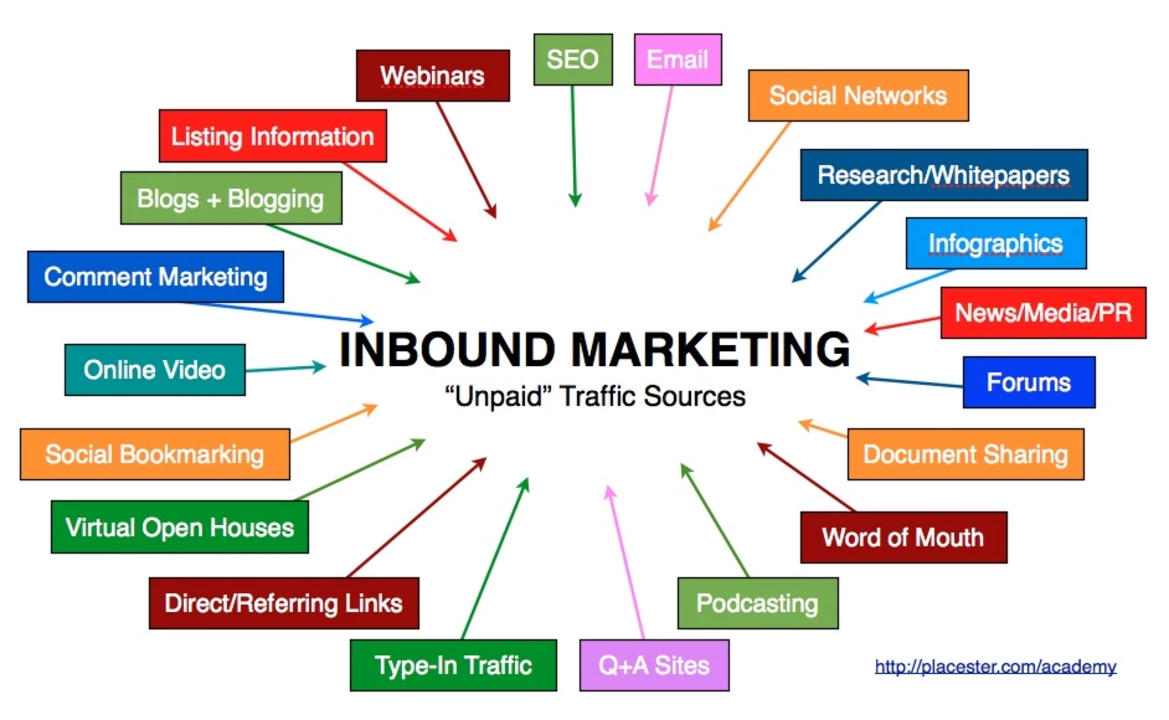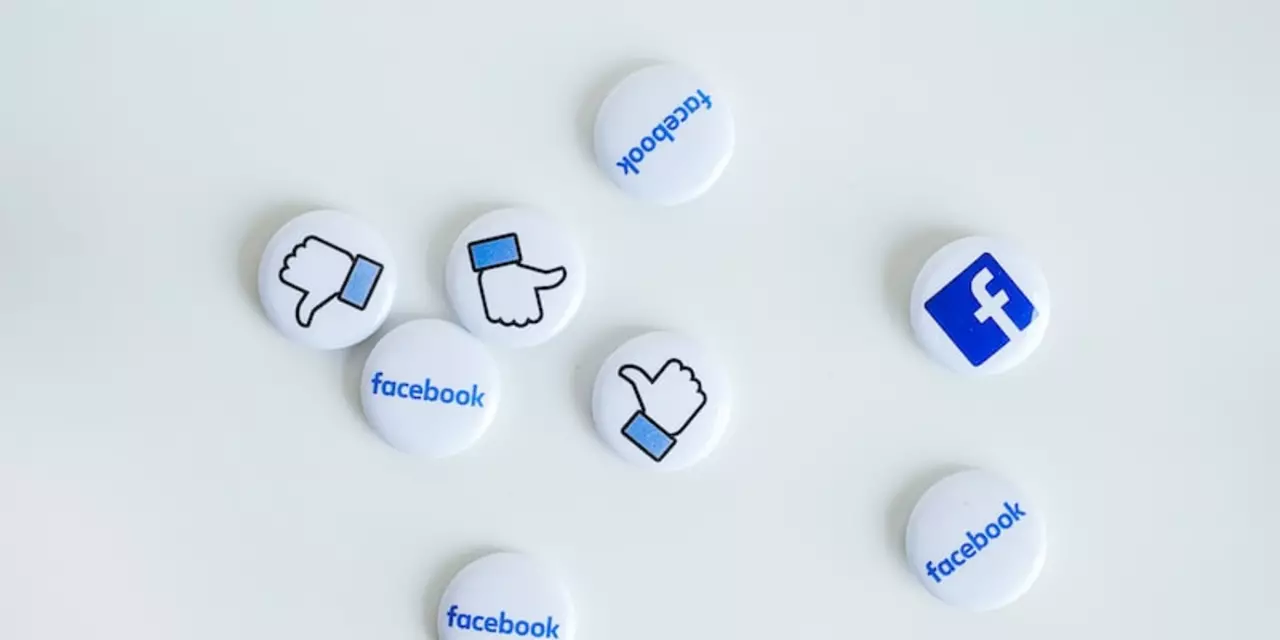Effective Marketing Strategies to Grow Your Brand
Ever wonder why some brands skyrocket while others barely move? The secret is a mix of smart tactics, real‑world data, and a willingness to test new ideas. Below you’ll find easy‑to‑apply strategies that work across SEO, social, and offline channels.
Quick Wins for SEO and Search Visibility
First, focus on the basics that Google still rewards. Make sure every page has a clear, keyword‑rich title and a concise meta description—think of these as the billboards that pop up in search results. Next, boost your site’s authority by earning backlinks from reputable sites; a guest post on a niche blog can do wonders.
Don’t forget on‑page optimization. Use the main keyword in the first 100 words, sprinkle related terms naturally, and include descriptive alt‑text for images. Structured data like FAQ schema can also snag you a featured snippet, which drives clicks without extra ad spend.
If you need fast traffic, pair SEO with paid search. While SEO builds long‑term equity, Google Ads puts you in front of buyers instantly. Treat them as complementary: use ads to test new keywords, then shift the winners into your organic strategy.
Combining Traditional, Digital, and Content Tactics
Digital marketing isn’t a solo act. Combine it with traditional methods—like local radio spots or print flyers—to reach audiences who still consume offline media. An integrated campaign that repeats the same message across channels builds trust faster.
Content creation is another powerhouse. Whether you’re a marketer or a creator, blend storytelling with data. Short videos, how‑to blog posts, and infographics each serve a different part of the buyer’s journey. Keep tone friendly and avoid jargon; readers remember simple advice more than complex theory.
Automation can free up time, but it’s not just for email. Use tools to personalize website experiences, score leads, and segment audiences. When a visitor repeatedly reads about SEO, trigger a pop‑up offering a free audit—this aligns with their interests without feeling pushy.
Native advertising offers a sweet spot between ads and content. Choose brands that match your audience, embed their offer naturally inside a blog post, and disclose sponsorship clearly. Readers appreciate authenticity and are more likely to click through.
Keep an eye on banner ad fill rates. Higher fill rates mean you’re monetizing inventory efficiently. To improve them, target high‑quality advertisers, adjust ad sizes to match popular placements, and monitor competition for each slot.
Budget wisely. Allocate funds based on goals: a portion for brand awareness (social and display ads), a slice for performance (search keywords), and a reserve for testing new ideas. Review the budget monthly and shift money to the channels delivering the best ROI.
Finally, stay educated. Books on internet marketing—like "The New Rules of Marketing and PR"—provide timeless principles you can adapt today. Continuous learning keeps your strategy fresh and competitive.
Put these tactics into a simple checklist, test one change at a time, and watch your results climb. Your brand’s growth isn’t a mystery; it’s the result of consistent, data‑driven actions.
- Dustin Chamberlain
- 0
What can I do to my website to improve inbound marketing?
Improving inbound marketing for my website is essential to attract more visitors and increase conversions. To achieve this, I can focus on creating high-quality, valuable content that addresses the needs of my target audience. Additionally, optimizing my website for SEO will help improve its visibility in search engine results. Implementing a strong social media strategy can also boost engagement and drive more traffic to my site. Lastly, utilizing email marketing and lead nurturing campaigns can help turn potential leads into loyal customers.
Read more- Dustin Chamberlain
- 0
What are some examples of digital marketing services?
Digital marketing services are marketing strategies used to reach customers through digital channels, such as search engines, websites, social media, email, and mobile apps. Examples of digital marketing services include search engine optimization, content marketing, social media marketing, pay-per-click advertising, video marketing, and email marketing. Businesses can use digital marketing services to reach more customers, increase engagement with existing customers, and increase brand awareness. Digital marketing services can also help businesses better understand their customers, track metrics, and measure the effectiveness of their campaigns. Overall, digital marketing services are an effective way for businesses to reach their target audience and grow their customer base.
Read more
